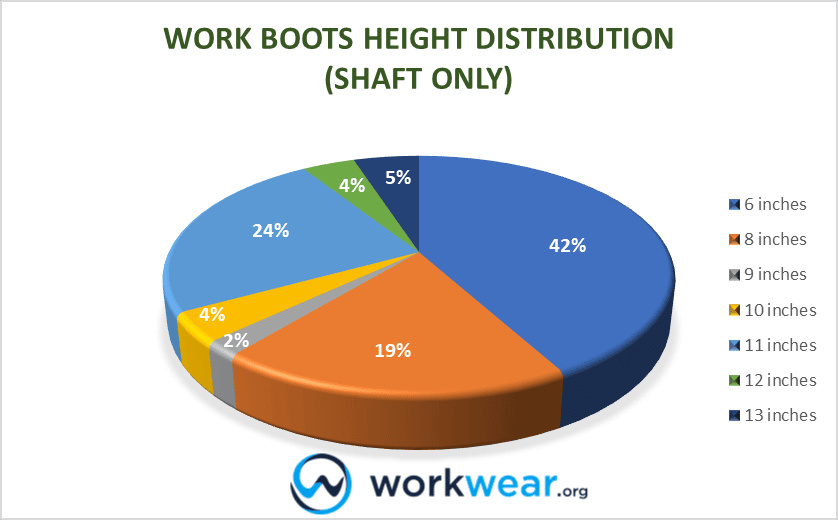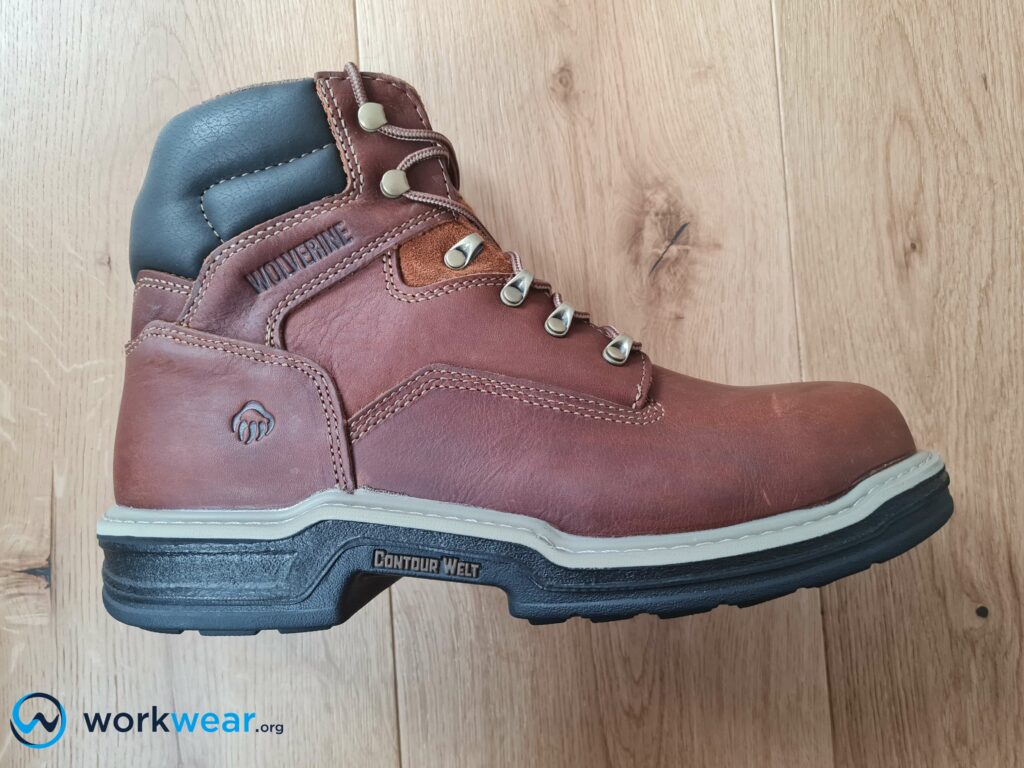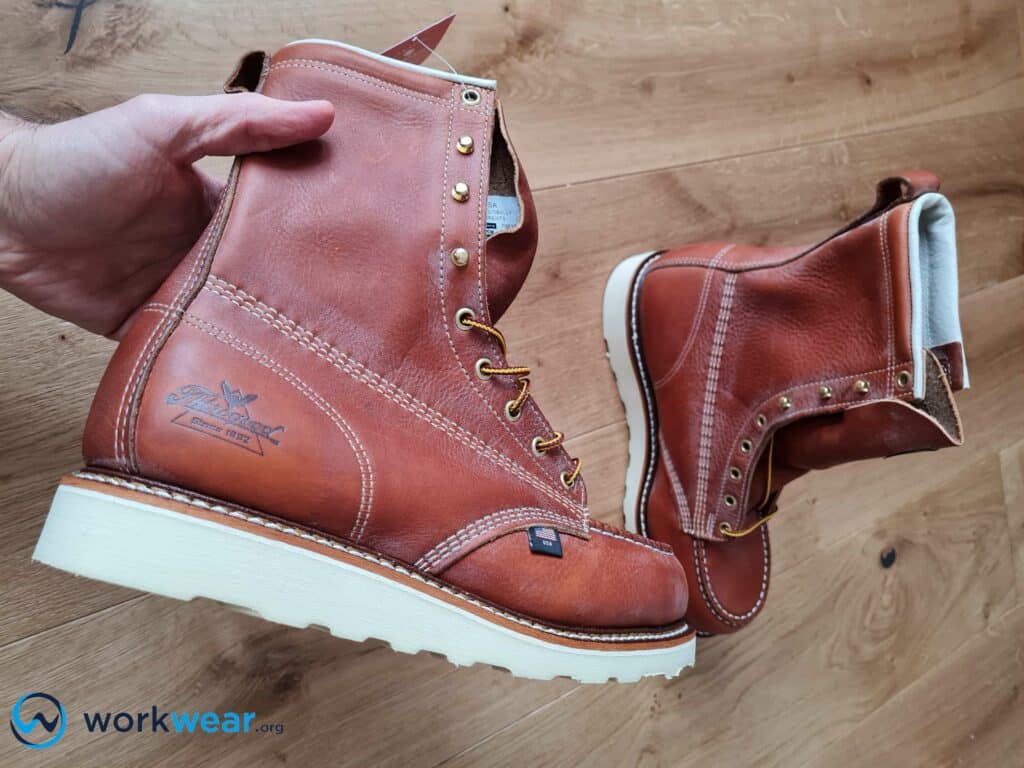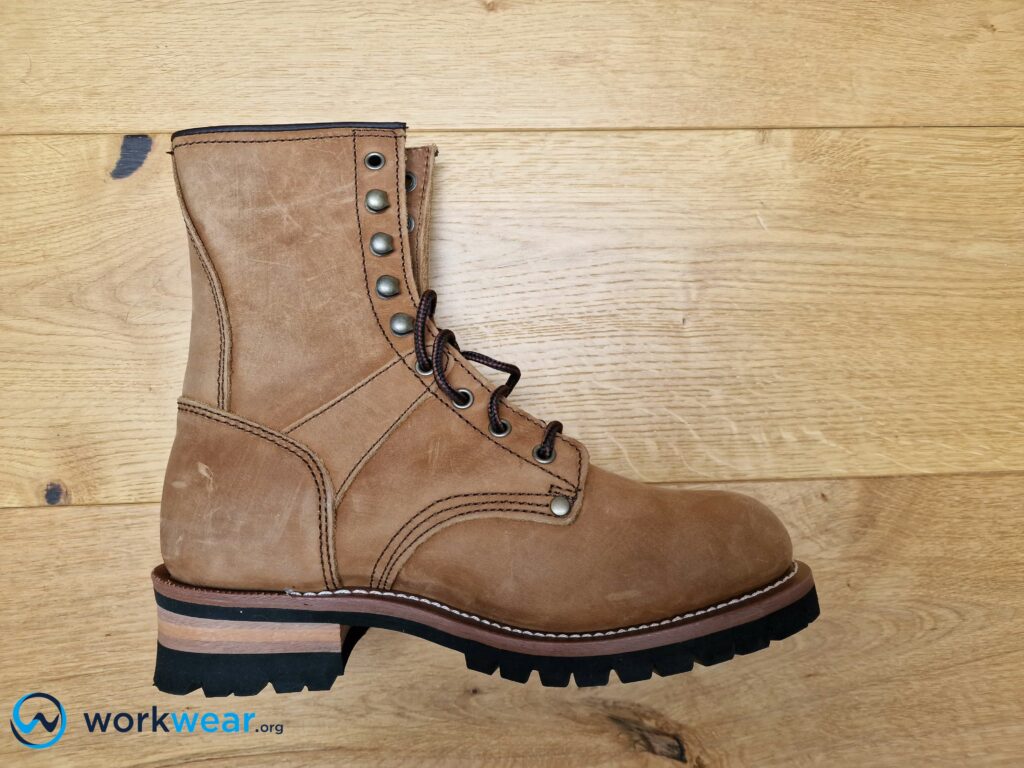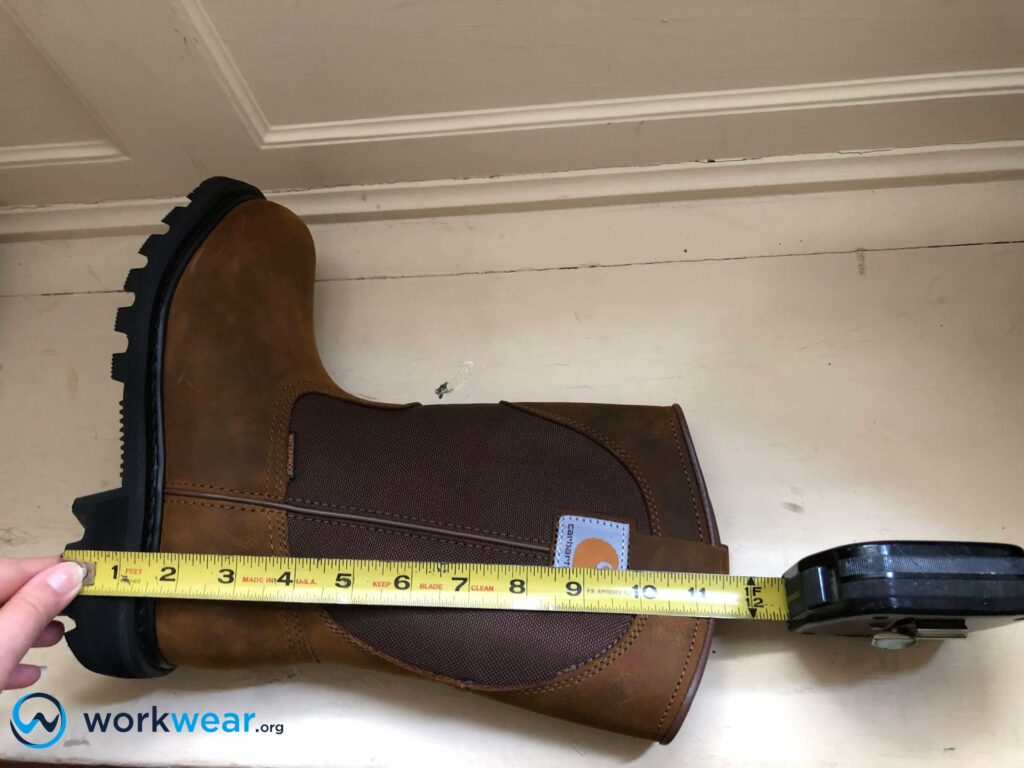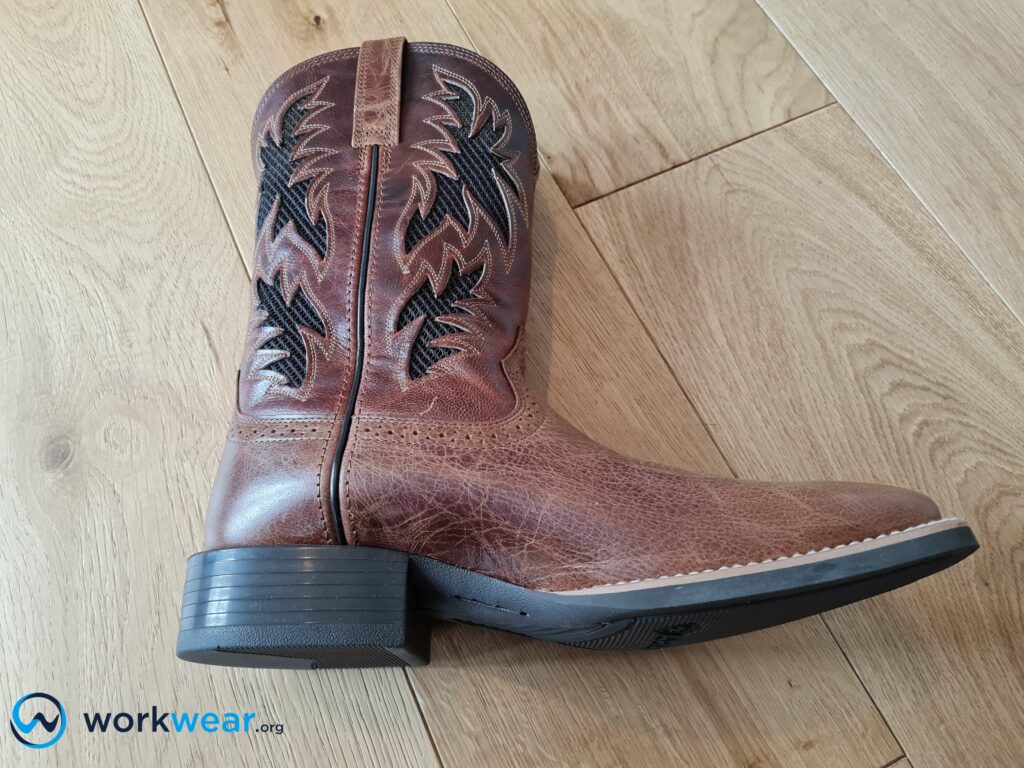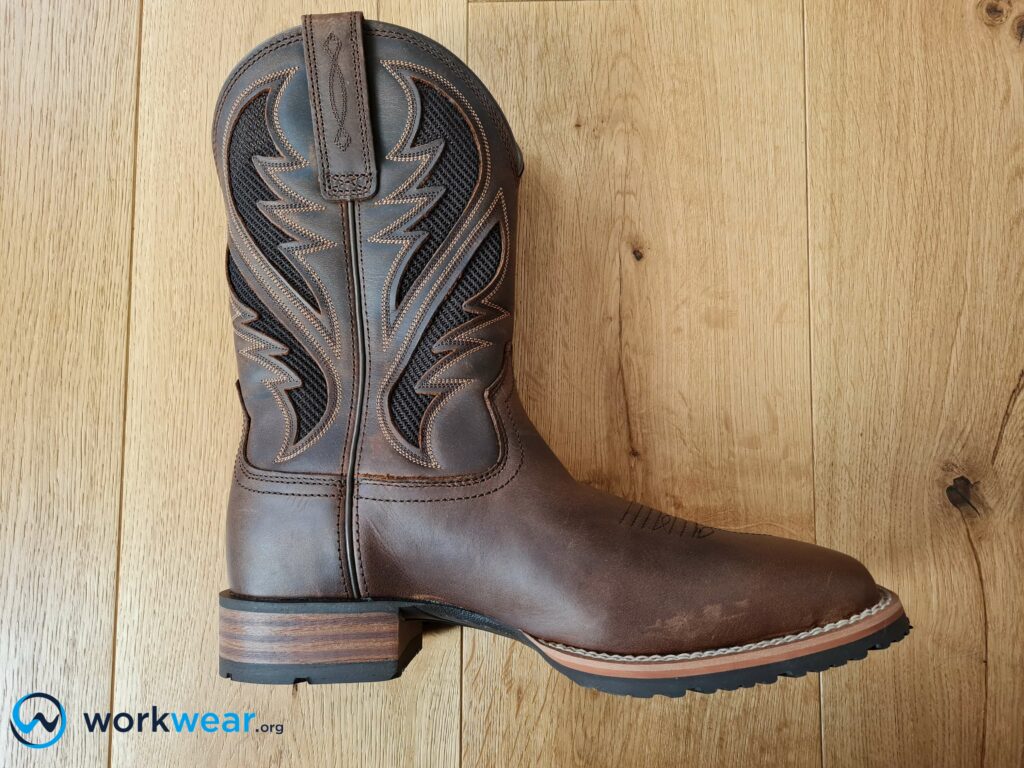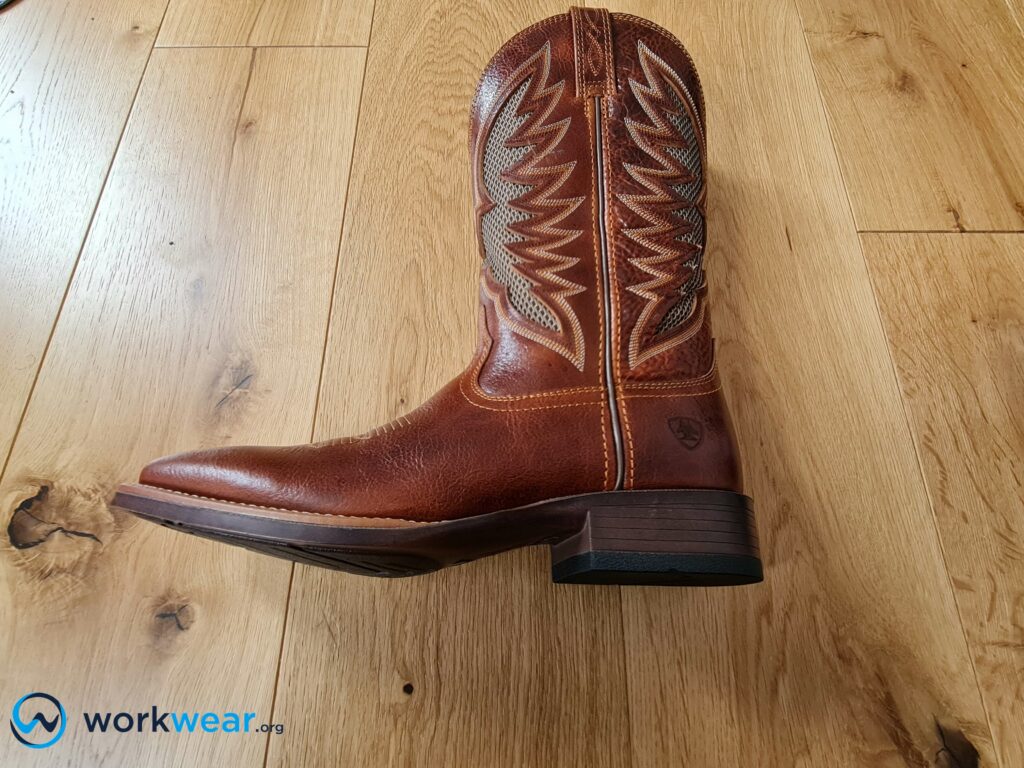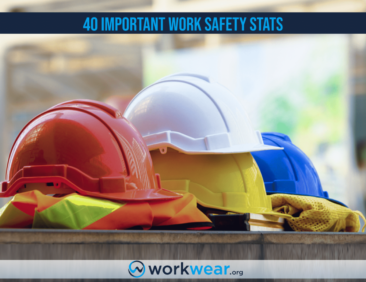Height of Work Boots stats analysis
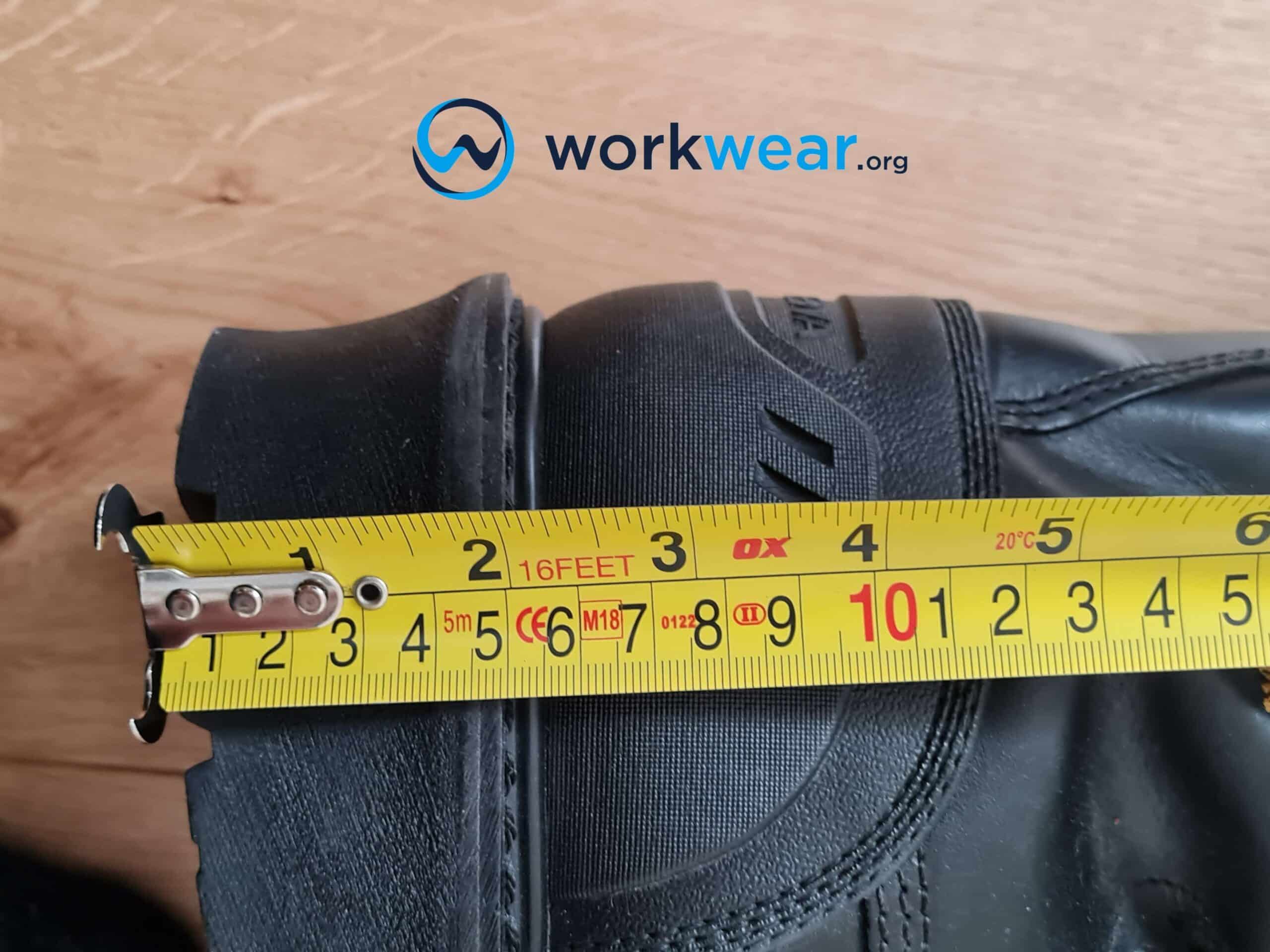
Work boots come in different styles that suit a wide variety of jobs.
Aside from the materials and structural features, boots also come in various heights that affect not only appearance but also have an impact on function.
The tallness or shortness of the boots needs to be considered because they can influence how the feet will move and function in specific job environments. Therefore, it’s worth knowing the different heights available for work boots as the information can help you choose the product that can give the greatest benefits for your feet while on the job. In this article, we’ll discover the different work boot heights and how each height option affects the footwear’s performance.
Key Takeaways
- Work boots have different heights, which impact both aesthetics and function. Each height option has its strengths and weaknesses, and it’s best to know what these are to choose the most suitable work boot height for specific jobs.
- Based on our research on the topic (which involved a sample from 11 brands and 1158 boots across all categories/styles), we concluded that 6 inches is the most common height of work boots, taking up 45% of the total boot count. This is then followed by 8- and 11-inch heights.
- 6-inch boots are usually the most lightweight and versatile option, covering several styles, including moc toe boots and safety toe boots. The 8-inch height is mostly for tactical and law enforcement boots and logger boots (which also apply to the 9-inch height).
- 10-inch boots offer even more coverage, so they’re ideal for hunters and firefighters who work in harsh conditions. The 11-inch height is typically featured in lace-free, pull-up designs and is often featured in Western boots.
- Boots with 12 and 13-inch-high uppers are suitable for demanding environments. They can be made with leather or rubber, with pull-up designs that offer superior protection against the elements and harsh conditions.
Research Methodology
Based on the data we gathered after reviewing 1158 boots across 11 brands, we discovered that 6-inch heights make up most of the work boot styles.
6-inch boots include different styles, such as traditional work boots, moc-toe boots, and slip-on boots. Work boots with 11-inch heights come next and are composed mostly of Western-style boots. We discovered that 8-inch boots are also popular due to the volume of logger boots we tested, most of which have 8-inch-high shafts.
The sample we took from 11 brands, which involves a total of 1158 boots, includes all styles/categories of boots, such as safety toe boots, soft toe boots, Western boots, logger boots, metatarsal boots, logger boots, and rubber boots. The percentages are given below.
It’s worth noting that the height of the heel is not yet included in work boot heights, which only include the height of the upper or shaft.
Work boots’ heels are separate pieces and can vary from 1 to 2 inches.
The Western boots we have tried tend to have a heel height of 1.5 inches, while logger boots have an average height of 1.75 inches.
Typical Length/Height of Work Boot Uppers
6 Inches
Work boots with traditional profiles typically come in 6-inch heights, although this can vary depending on style and other factors.
The 6-inch upper delivers good coverage for the feet and ankles, making the boots protective enough to take on different work environments – especially if they have safety enhancements.
Work boots with 6-inch uppers may be more versatile than those with taller silhouettes and may not be fitted with safety toe caps. The shorter shaft may also make 6-inch work boots more lightweight and flexible than higher boots.
Depending on the construction, these boots can be used indoors or outdoors for various activities and more easily transition from the workplace to more relaxed settings.
Key Advantages of 6-Inch Work Boots
- Versatile style
- Typically, more breathable
- More lightweight
- Often flexible
- Easy to put on
Key Disadvantages of 6-Inch Work Boots
- Do not cover/protect the calves
- Liquids can enter more easily from the top
Common Styles of 6-Inch Work Boots
- Traditional boots (soft toe or safety toe)
- Moc-toe boots
- Slip-on boots
Uses of 6-Inch Work Boots
Work boots with 6-inch heights can be used in a wide variety of work areas, so they’re suitable for the following jobs:
- Retail sales personnel
- Kitchen staff
- Plumbers
- Construction workers
8 Inches
8-inch work boots generally have sturdier structures than 6-inch ones, but this depends on the materials and boot design.
The 8-inch height can offer better stability, especially if the boot has strong ankle support to keep the ankle secured.
The taller shaft provides more coverage for the lower leg for protection against abrasion and other hazards that may be encountered while at work. With enhanced protection for the feet and legs, 8-inch-tall work boots are better suited for challenging outdoor sites or other hazardous environments, such as the job areas of loggers. This is even truer if the boots have built-in safety features (such as steel or composite toe caps). In addition, these boots can trap more warmth to keep the feet comfortable in cold areas, but they may quickly turn too hot in normal conditions.
Key Advantages of 8-Inch Work Boots
- More coverage and protection for feet and legs
- Stronger ankle support
- Improved stability while walking
- Can retain heat better than shorter boots
Key Disadvantages of 8-Inch Work Boots
- More prone to overheating than 6-inch boots
- It can be a bit difficult to put on and remove
Common Styles of 8-Inch Work Boots
- Moc-toe boots
- Tactical boots
- Combat boots
Uses of 8-Inch Work Boots
8-inch work boots offer better protection against hazards in rugged environments but don’t significantly restrict movement, making them ideal for the following jobs:
- Police officers
- Security guards
- Loggers
- Farmers
9 Inches
9-inch boots are similar to 8-inch boots that provide more protection against the elements and other safety risks in the work area. They’re tall enough to prevent water from seeping in from the top, so they’re better suited for walking on muddy ground or wading through puddles, which may be required for certain outdoor duties in bad weather. The tall 9-inch height preserves heat much better than shorter boots, so the feel and calves can enjoy comfortable warmth while working in cold environments.
9-inch boots with lace-up styles offer better ankle support, making it safer and easier to navigate uneven or sloped terrains without compromising a stable gait.
Key Advantages of 9-Inch Work Boots
- Strong ankle support
- High coverage and protection against safety hazards
- Prevent water from seeping in from the top
- Less prone to chafing the calves (compared to taller styles)
- Better heat retention than shorter styles
Key Disadvantages of 9-Inch Work Boots
- Heavier and less flexible than shorter boots
- Higher risk of overheating
- It can be not easy to put on and take off
Common Styles of 9-Inch Work Boots
- Logger boots
- Tactical boots
Uses of 9-Inch Work Boots
9-inch work boots keep the feet and legs covered against safety hazards in various settings. They’re suitable for the following professions:
- Ranchers
- Loggers
- Security personnel
- Police officers
10 Inches
Boots with 10-inch heights offer serious protection for the lower legs and feet. They’re suitable for demanding outdoor environments where sharp objects and abrasion hazards can harm the ankles and calves without the proper protective gear.
10-inch boots built with heavy-duty materials offer exceptional foot and leg protection in dangerous situations, such as those faced by firefighters.
The tall height of these boots offers strong heat retention for continuous warmth in low-temperature conditions and stops liquids from creeping in from the top.
Key Advantages of 10-Inch Work Boots
- Stop water and mud from entering from the top
- Extended coverage for the feet and calves
- Strong ankle support
- It can keep the feet warm in cold areas
- Prevent debris and dirt from getting in
Key Disadvantages of 10-Inch Work Boots
- Heavy
- Can hamper mobility (depending on materials)
- It can be challenging to put on and remove
Common Styles of10-Inch Work Boots
- Hunting boots
- Logger boots
- Firefighter boots
Uses of 10-Inch Work Boots
10-inch work boots deliver superior protection against the elements and other dangers in outdoor/hazardous settings, making them suitable for the following jobs:
- Loggers
- Hunters
- Firefighters
- Forest rangers
11 Inches
11-inch work boots typically have lace-free designs and can be pulled up instead.
This is because it would be too difficult to lace up such a tall shaft.
These tall boots often have heavy-duty structures that can take on difficult surroundings while protecting the feet and lower legs against the elements in rugged conditions.
Traditional Western boots make up most of the 11-inch boots we tested, with shaft styles that are decorative and highly protective.
These boots stop water from easily entering from the top when walking in deep mud or water puddles, keeping the feet dry for much longer.
Key Advantages of 11-Inch Work Boots
- Strong protection against abrasion and other safety hazards
- Stop dirt and debris from entering
- Safe for wading in deep puddles or mud
- Heavy-duty designs
- No need to fiddle with laces
Key Disadvantages of 11-Inch Work Boots
- It can be not easy to pull off (depending on the materials)
- More prone to overheating
- Fit can’t be adjusted
Common Styles of 11-Inch Work Boots
- Wellingtons
- Western boots
- Pull-on safety boots
Uses of 11-Inch Work Boots
11-inch work boots are built with heavy-duty structures to keep up with harsh settings, including the ones for these jobs:
- Industrial construction workers
- Railroad maintenance personnel
- Oil & gas workers
- Horse trainers
12 Inches
12-inch work boots offer superior protection, covering a larger area of the lower legs to keep them safe against wetness and abrasion hazards. These boots are ideal for harsh settings, such as in outdoor areas exposed to inclement weather or rugged environments where the feet and legs need all the protection they can get.
These exceptionally high boots are much less common than shorter boots, such as those that come in 6- and 8-inch heights.
Thick leather is used for 12-inch boots for challenging tasks, such as those of linemen or hunters.
Rubber boots also come in 12-inch heights and are great for working in extremely wet conditions.
Key Advantages of 12-Inch Work Boots
- Superior foot and lower leg protection against abrasion
- Stop water from entering the top
- Block debris and dirt from coming in
- Typically, with durable designs
Key Disadvantages of 12-Inch Work Boots
- Heavy
- Can limit foot movement
Common Styles of 12-Inch Work Boots
- Hunting boots
- Logger boots
- Lineman boots
- Rubber boots
Uses of 12-Inch Work Boots
12-inch boots are suitable for harsh environments, such as the worksites of the following jobs:
- Linemen
- Loggers
- Hunters
- Food processing personnel
13 Inches
13-inch work boots’ silhouettes significantly differ from the average work boot profile. They generally don’t come with laces, so there’s no need to spend time fiddling with the lacing system with every use.
These tall boots have pull-on designs that cover most of the lower leg, keeping them safe from scratches and bruises that can occur while working in challenging settings.
They often have heavy-duty structures that resist damage even with extensive use so that they can be used and maximized for a long time.
These extra-tall boots can be made with leather (such as Western boots), but they can also be made with rubber.
Key Advantages of 13-Inch Work Boots
- Extended leg coverage
- Stop water and other liquids from entering the boot opening
- Lace-free
- Heavy-duty structure
Key Disadvantages of 13-Inch Work Boots
- It can be challenging to pull on and remove
- High risk of overheating and excessive sweating
- They are much heavier than shorter boots
Common Styles of 13-Inch Work Boots
- Western boots
- Rubber boots
Uses of 13-Inch Work Boots
Depending on the materials used, 13-inch boots are suitable for a variety of demanding settings, including the ones where the following jobs are done:
- Wranglers
- Riding instructors
- Fishermen
- Building sanitation personnel
| Boot Height |
Pros |
Cons |
Common Styles |
For What Jobs |
|---|---|---|---|---|
| 6 Inches |
|
|
|
|
| 8 Inches |
|
|
|
|
| 9 Inches |
|
|
|
|
| 10 Inches |
|
|
|
|
| 11 Inches |
|
|
|
|
| 12 Inches |
|
|
|
|
| 13 Inches |
|
|
|
|
Personal Testing Experience
These are our experiences while using top-quality work boots that have different heights. The 6-inch Wolverine Raider Steel Toe Boot has a fully cushioned footbed and Flexible Contour Welt construction for comfort and ease of movement. Its casual silhouette hides ultra-protective steel toes, although its non-waterproof structure and short height don’t protect against wetness. The 8-inch Merrell Moab 2 Tactical Response Waterproof Boot has comfortable cushioning and a grippy Vibram outsole for easier walking. Its waterproof design seals out liquids to keep the feet dry and comfortable in wet conditions, but the side zipper doesn’t look durable. Lastly, the 13-inch Ariat Dynamic Western Boot has a surprisingly comfortable profile thanks to a shock-diffusing heel and high-rebound insole. This boot showcases elaborate stitching along the high shaft and is built with a barnyard acid-resistant outsole – but it’s difficult to pull on and remove due to its extended height.
Conclusion
Work boots come in different heights that cater to different jobs and environments. The height refers to the measurement of the upper and doesn’t include the heel height yet. The most common height for work boots is 6 inches, which is used for various categories or styles of boots – including those with traditional work boot silhouettes, moc toe boots, slip-on boots, soft toe boots, and safety toe boots. Knowing the advantages and drawbacks of each height option can make it easier to choose the most suitable boots that can be maximized in a specified work setting.
FAQs
- Are 6-inch boots safe for hazardous conditions?
- Yes – as long as they’re built with the safety enhancements corresponding to the worksite’s hazards. For example, 6-inch work boots with steel toes are safe for job sites with heavy objects that can accidentally fall on the feet.
- Can tall boots be used for indoor office settings?
- It depends on the material of the tall boots. For example, rubber boots are not suitable for indoor office settings, but Western boots of the same height can work well with and even jazz up work attire.
- Why do logger boots need tall uppers?
- Logger boots need tall uppers with better ankle support than shorter boots. The strong support protects the ankles from twisting when walking on rocky, loose, or sloped ground. The extended height also protects the calves against abrasion, debris, and even insects or small animals in outdoor settings.
- Are all tall boots uncomfortable to wear?
- Not all of them are uncomfortable. High-quality work boots with tall uppers often have comfort enhancements – such as generous cushioning, breathable materials, and moisture-wicking linings – to make the boot use more enjoyable.
678+
Products Reviewed
24+ Years
Combined Experience
500+ Hrs
Field Testing
